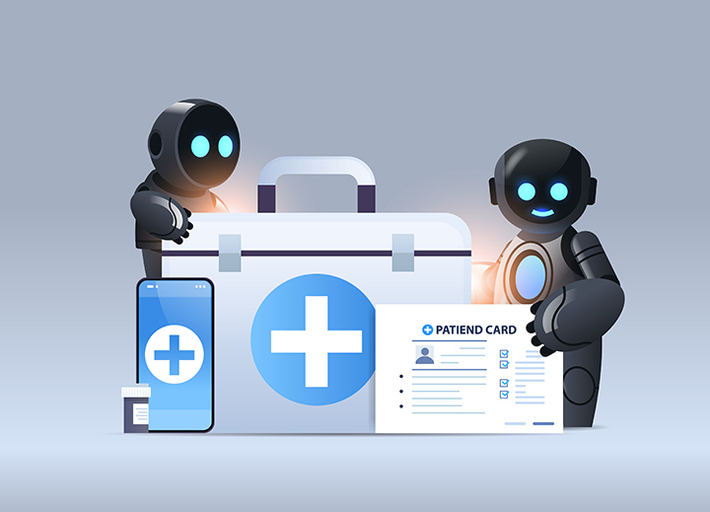Utilizing Large Language Models in Ophthalmology: The Current...
A large language model (LLM) is an artificial intelligence (AI) model that uses natural language processing (NLP) to understand, interpret, and generate human-like language responses from unstructured text input. Its real-time response capabilities and eloquent dialogue enhance the interactive user experience in human–AI communication like never before. By gathering several sources on the internet, LLM chatbots can interact and respond to a wide range of queries, including problem solving, text summarization, and creating informative notes. Since ophthalmology is one of the medical fields integrating image analysis, telemedicine, AI, and other technologies, LLMs are likely to play an important role in eye care in the near future. This review summarizes the performance and potential applicability of LLMs in ophthalmology according to currently available publications.

ChatGPT and Other Large Language Models in Ophthalmology
Among the many LLMs, ChatGPT (Open AI, San Francisco, CA, USA) has gained immense popularity and has become widely established in recent years. In the initial version in 2022, Generative Pre-trained Transformer (GPT)-3.5 was integrated to back-end the chatbot. The later version, GPT-4, was launched in 2023.
Role of Large Language Models in Ophthalmology
With regard to ophthalmology, the number of patients is growing as the aging population continues to increase. AI, deep learning, and other novel modes of care using technology can augment patient care. As this medical specialty deals with vast amounts of images, implementing algorithms to detect diseases could support ophthalmologists and enhance treatment workflows not only in the clinic but also through telemedicine. LLMs, combined with these technologies, could potentially facilitate workflow and improve the patient experience.

Recent Advancements and Future Directions
In November 2022, ChatGPT was released, allowing users to experience the chatbot user interface under the GPT-3.5 model at no cost. The following year, in March 2023, OpenAI launched a new version of ChatGPT embedded with the GPT-4 model, which is only available for paid chatbot users. Information on model training and architecture was recently released. Because of the much larger training dataset, GPT-4 outperforms the previous GPT-3.5 in problem-solving abilities and broader knowledge base.




















